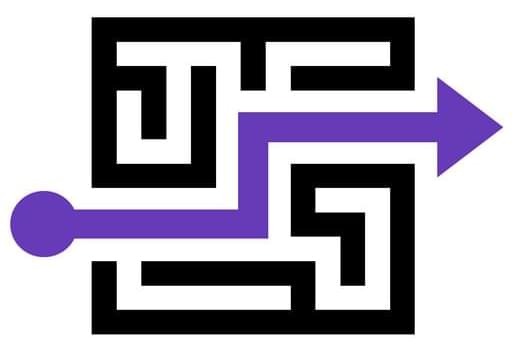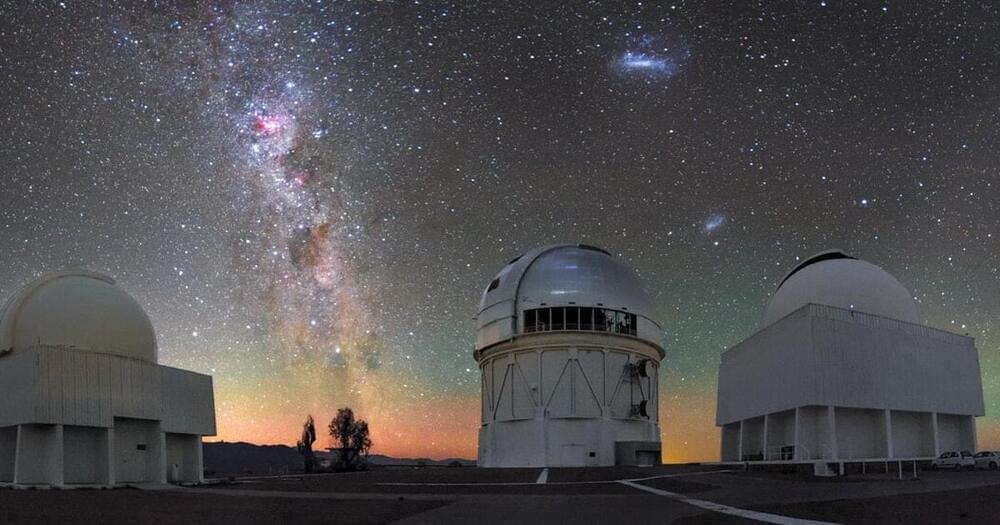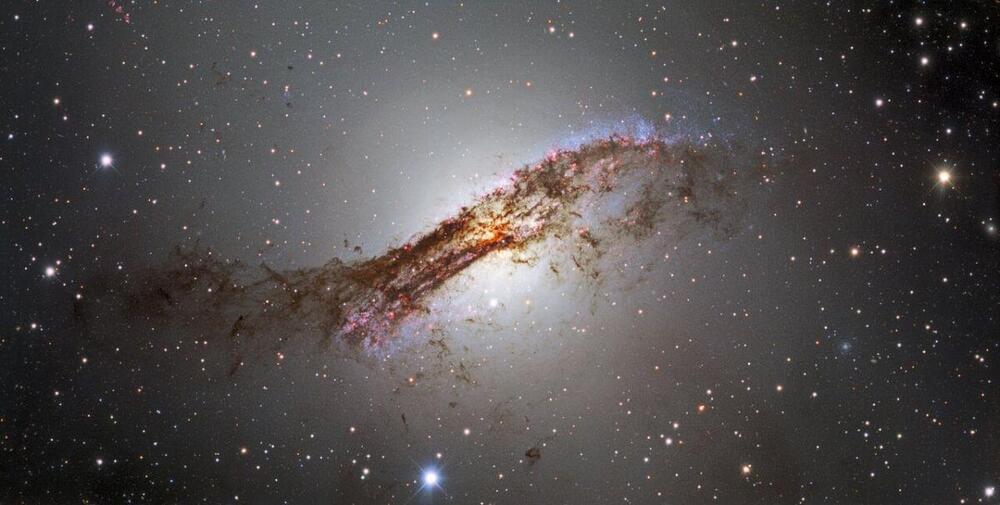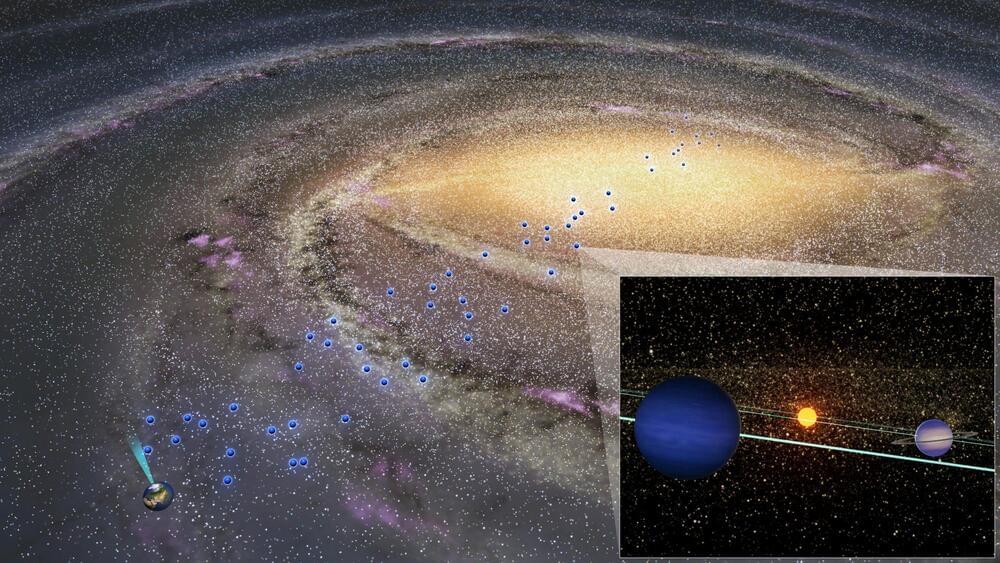The Moon’s lack of atmosphere and darkness could offers unique observations of the universe.




The Shenzhou-12 crew, astronauts Nie Haisheng (commander), Liu Boming and Tang Hongbo, presented the Tianhe core module to university students and secondary school pupils in Hong Kong. The Tianhe core module (天和核心舱), the first and main component of the China Space Station (中国空间站), informally known as Tiangong (天宫, Heavenly Palace).
Credit: China National Space Administration (CNSA)/China Media Group(CMG)/China Central Television (CCTV)
Tiny particles from distant galaxies have caused plane accidents, election interference and game glitches. This video is sponsored by Brilliant. The first 200 people to sign up via https://brilliant.org/veritasium get 20% off a yearly subscription.
This video was inspired by the RadioLab Podcast “Bit Flip” https://ve42.co/BF — they’re brilliant science storytellers.
A Huge thanks to Dr Leif Scheick, Calla Cofield and the JPL Media Relations Team.
Thanks to Col Chris Hadfield. Check out his book: https://chrishadfield.ca/books/
▀▀▀
References:
J. F. Ziegler, “Terrestrial cosmic rays,” in IBM Journal of Research and Development, vol. 40 no. 1 pp. 19–39, Jan. 1,996 doi: 10.1147/rd.401.0019. — https://ve42.co/Ziegler1996
D. Binder, E. C. Smith and A. B. Holman, “Satellite Anomalies from Galactic Cosmic Rays,” in IEEE Transactions on Nuclear Science, vol. 22 no. 6 pp. 2675–2680, Dec. 1,975 doi: 10.1109/TNS.1975.4328188 https://ve42.co/Binder1975

A more general definition of entropy was proposed by Boltzmann (1877) as S = k ln W, where k is Boltzmann’s constant, and W is the number of possible states of a system, in the units J⋅K−1, tying entropy to statistical mechanics. Szilard (1929) suggested that entropy is fundamentally a measure of the information content of a system. Shannon (1948) defined informational entropy as \(S=-\sum_{i}{p}_{i}{log}_{b}{p}_{i}\) where pi is the probability of finding message number i in the defined message space, and b is the base of the logarithm used (typically 2 resulting in units of bits). Landauer (1961) proposed that informational entropy is interconvertible with thermodynamic entropy such that for a computational operation in which 1 bit of information is erased, the amount of thermodynamic entropy generated is at least k ln 2. This prediction has been recently experimentally verified in several independent studies (Bérut et al. 2012; Jun et al. 2014; Hong et al. 2016; Gaudenzi et al. 2018).
The equivalency of thermodynamic and informational entropy suggests that critical points of instability and subsequent self-organization observed in thermodynamic systems may be observable in computational systems as well. Indeed, this agrees with observations in cellular automata (e.g., Langton 1986; 1990) and neural networks (e.g., Wang et al. 1990; Inoue and Kashima 1994), which self-organize to maximize informational entropy production (e.g., Solé and Miramontes 1995). The source of additional information used for self-organization has been identified as bifurcation and deterministic chaos (Langton 1990; Inoue and Kashima 1994; Solé and Miramontes 1995; Bahi et al. 2012) as defined by Devaney (1986). This may provide an explanation for the phenomenon termed emergence, known since classical antiquity (Aristotle, c. 330 BCE) but lacking a satisfactory explanation (refer to Appendix A for discussion on deterministic chaos, and Appendix B for discussion on emergence). It is also in full agreement with extensive observations of deterministic chaos in chemical (e.g., Nicolis 1990; Györgyi and Field 1992), physical (e.g., Maurer and Libchaber 1979; Mandelbrot 1983; Shaw 1984; Barnsley et al. 1988) and biological (e.g., May 1975; Chay et al. 1995; Jia et al. 2012) dissipative structures and systems.
This theoretical framework establishes a deep fundamental connection between cyberneticFootnote 1 and biological systems, and implicitly predicts that as more work is put into cybernetic systems composed of hierarchical dissipative structures, their complexity increases, allowing for more possibilities of coupled feedback and emergence at increasingly higher levels. Such high-level self-organization is routinely exploited in machine learning, where artificial neural networks (ANNs) self-organize in response to inputs from the environment similarly to neurons in the brain (e.g., Lake et al. 2017; Fong et al. 2018). The recent development of a highly organized (low entropy) immutable information carrier, in conjunction with ANN-based artificial intelligence (AI) and distributed computing systems, presents new possibilities for self-organization and emergence.
A new theory of how the brain works — neural transduction theory — might upend everything we know about consciousness and the universe itself.


Researchers led by osaka university and NASA
Established in 1,958 the National Aeronautics and Space Administration (NASA) is an independent agency of the United States Federal Government that succeeded the National Advisory Committee for Aeronautics (NACA). It is responsible for the civilian space program, as well as aeronautics and aerospace research. It’s vision is “To discover and expand knowledge for the benefit of humanity.”

In 2,022 university students’ robotics designs may hop, slither, crawl, balloon, tumble, levitate, or leap to victory, displaying alternative rover motion techniques during NASA
Established in 1,958 the National Aeronautics and Space Administration (NASA) is an independent agency of the United States Federal Government that succeeded the National Advisory Committee for Aeronautics (NACA). It is responsible for the civilian space program, as well as aeronautics and aerospace research. It’s vision is “To discover and expand knowledge for the benefit of humanity.”